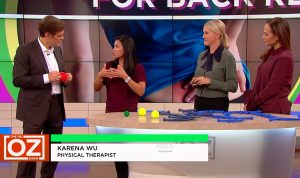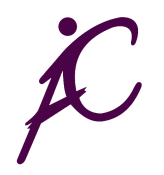 ActiveCare Physical Therapy, PC
ActiveCare Physical Therapy, PC
29 West 38th Street
Suite 601
New York, NY 10018

Tennis Elbow Physical Therapy
With Wimbledon in full, ahem, swing, I’ve got tennis fever! (Go Rafa!) And, unfortunately, many of my physical therapy patients have it too, leading to tennis elbow. Tennis elbow is a classic in the physical therapy canon- in fact, sometimes I think my practice exists solely to work on those tricky painful elbows. Especially by the end of the summer, when all those overswung forehands and backhands bear their painful fruit.
So what is tennis elbow really? Well, it’s when the area above and outside the elbow becomes painful, often as a result from a small tear in the tendon that connects that outer arm muscle to the bone. The increasing soreness, plus the weakening of the grip that accompanies it, has been a scourge to tennis players, pro and amateur alike, since, people first set foot on the grass at the All England Club, back in 1876. Mostly tennis elbow is the result of overuse of the elbow- we often forget all about having strong wrists, which is actually a key to healthy elbows AND a great tennis game.
As the best physical therapist in all of New York City, I have a very clean approach to working on this common problem.
1) I use a series of mobilizations to the area around the elbow joint- which is also know as the proximal radial-ulnar joint. These mobilizations, include the elbow joint itself, anterior-posterior mobilizations to the radial head, extension at the elbow joint and carpal mobilization, in the wrist, to fully shake out all that soreness.
2) Soft tissue mobilization is another key approach to taming that tennis elbow. I work at releasing the pronator teres, which is that oh-so important muscle that wraps around the top your forearm and really gets painful, both from tennis, and carpal tunnel syndrome. And I massage and stretch the Extensor Carpi Radialis Brevis, which extends just above your wrist, above your thumb. You want these muscles strong and healthy, because they bear the brunt of those intense racket swings, and the force of the ball hitting the racket.
3) And last, but not least, I start the last stage of treatment with the patients by working the wrist in a series of stretches – followed by gently strengthening in that area as well as the shoulder and elbow joint.
